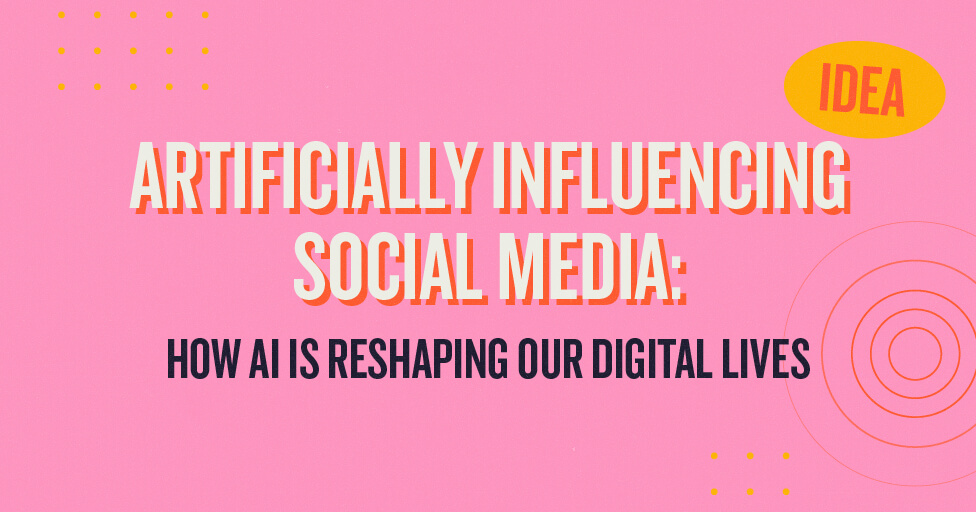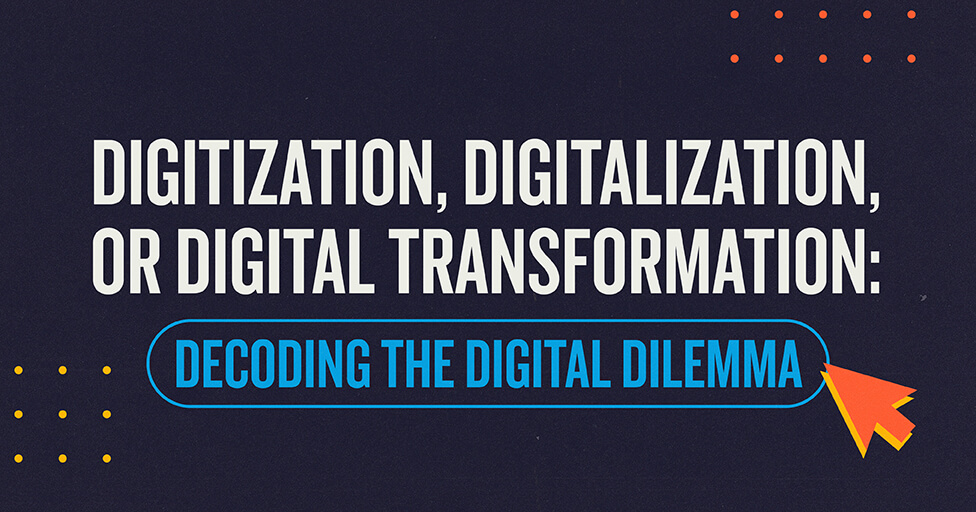
Earlier this year, Google announced that Chrome would be phasing out third-party cookies by 2022. They are following suit with similar decisions made by Safari and Firefox, but based on browser share, Chrome commands over half of all usage. Many users will be impacted, and this is a big deal for marketers and advertisers in the digital space that rely on third-party data. Despite the fact that this initiative is two years away from completion and details are still in flux, there are things we should be aware of now to prepare.
As we’ve seen and discussed before, Google is taking a stand for privacy, and this announcement complements their initiative to build a Privacy Sandbox. Their attempt to develop a set of open standards to enhance privacy on the web will change the landscape. This is not without controversy, but transparency, choice and control are at the heart of the idea. Couple this notion with GDPR and CCPA, and digital marketers are facing a lot of changes in the near future.
So what exactly are we talking about? What is a third-party cookie? Cookies are small pieces of code that collect data and represent a method of identifying users based on their online activities. While first-party cookies are stored by the website you are visiting directly, third-party cookies are those that are set by a website other than the one you are currently on. For example, you could be on espn.com and Twitter, Blue Kai and Adobe could be placing cookies on your phone. Information is collected and that third-party data is used by advertisers for future targeting. It’s not a perfect targeting technique at all, but it represents the largest set of data used for scale to date.
If these cookies and the corresponding data go away, what’s next for marketers? What will shift as marketers evaluate their prospecting and brand-building techniques? While certainly not new, it’s time for marketers to put greater emphasis on first-party data and building a more robust first-party strategy. Executing a content strategy for the brand’s owned properties will be even more important to draw consumers to content-rich websites. Brands will need to understand the value exchange for collecting consumer information – what can the brand provide that is valuable enough for a consumer to hand over their information when privacy is top of mind to them? A CRM strategy to nurture those relationships is always key and will be more so in the near future.
And the potential impact of all of this change on digital advertising?
- Declining scale as audiences become more finite.
- Increased costs as publishers look to monetize their first-party data.
- Possible measurement adjustments back to last-click attribution pending how tracking shakes out.
- Greater emphasis on keyword and contextual targeting.
- Leveraging partners that already have a foundation built on first-party data and witnessing change in how third-party data companies operate.
- Potential budget shifts away from programmatic into other channels.
The future is murky at this point, and many decisions will be made over the next 24 months. The marketers that are proactive now in thinking through implications and strategic shifts will be best positioned when this all becomes official. We’re here to help!
Subscribe to our newsletter
Get our insights and perspectives delivered to your inbox.


